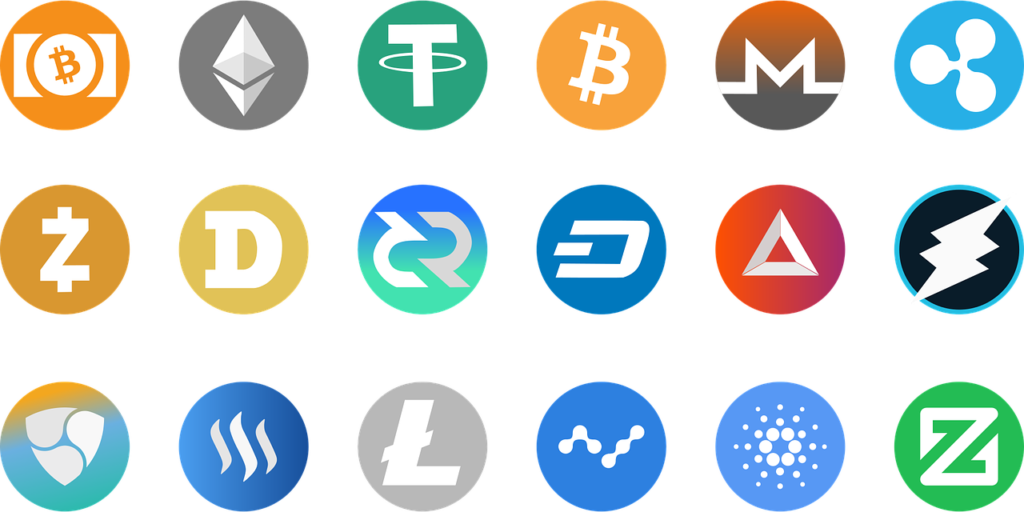The Ultimate Beginner's Guide to Buying Cryptocurrency: Platforms, Markets, and Tips

So, you’ve decided to dive into the world of cryptocurrency, and now you’re wondering: where and how can you buy it? This guide will walk you through the process of purchasing cryptocurrency, explain the different platforms available, and highlight key concepts that every novice should know before making their first investment.
What You Need to Get Started
Before buying cryptocurrency, ensure you have the following:
A Digital Wallet: This is where you’ll store your cryptocurrencies. Wallets come in various forms, such as hardware wallets (e.g., Ledger, Trezor), software wallets (e.g., MetaMask, Trust Wallet), or exchange wallets.
An Account on a Crypto Exchange: Most purchases will happen through an exchange or platform.
Identification Documents: Many platforms require Know Your Customer (KYC) verification.
A Payment Method: This can include a bank account, credit/debit card, or even another cryptocurrency.
Types of Platforms to Buy Cryptocurrency
There are several ways to purchase cryptocurrency, each with its pros and cons. Let’s break them down:
1. Centralized Exchanges (CEXs)
These are the most popular platforms for beginners. Examples include Coinbase, Binance, Kraken, and Gemini.
Pros:
Easy-to-use interfaces.
High liquidity for major coins.
Customer support.
Fiat-to-crypto onramps (e.g., buying with USD, EUR).
Cons:
Custodial: You don’t fully control your funds unless you transfer them to your own wallet.
Requires KYC verification.
2. Decentralized Exchanges (DEXs)
DEXs like Uniswap, SushiSwap, and PancakeSwap operate without intermediaries. Instead, they use smart contracts to facilitate trades.
Pros:
Greater privacy: No KYC required.
Access to a broader range of tokens, including new and emerging ones.
You retain full control of your funds.
Cons:
More complex interfaces.
No direct fiat support; you’ll need to use crypto to trade.
Higher risk of interacting with scams or poorly designed tokens.
3. Peer-to-Peer (P2P) Platforms
P2P platforms like Paxful and LocalBitcoins let you buy directly from other users.
Pros:
No middleman.
Flexible payment options (cash, PayPal, bank transfers).
Cons:
Risk of scams.
Transactions may take longer to complete.
4. Brokerage Services
Platforms like Robinhood and eToro offer cryptocurrency purchases along with traditional investments.
Pros:
Simple for those new to investing.
Integrated with other financial products.
Cons:
Limited ability to transfer cryptocurrency out of the platform.
Fewer coin options.
5. Crypto ATMs
Crypto ATMs allow you to buy Bitcoin and sometimes other cryptocurrencies with cash.
Pros:
Convenient.
No need for an online account.
Cons:
High fees.
Limited availability.
Primary vs. Secondary Markets
When buying cryptocurrency, it’s important to understand the difference between primary and secondary markets:
Primary Markets: This involves buying coins directly from the project, often during a token sale or initial coin offering (ICO).
Pros: Early access to new tokens.
Cons: Higher risk, as many projects fail or turn out to be scams.
Secondary Markets: Buying and selling on exchanges where coins are already listed.
Pros: Easier and more secure.
Cons: Prices may already be inflated compared to ICO rates.
Steps to Buy Cryptocurrency
Choose a Platform: Decide between CEXs, DEXs, or other methods based on your needs.
Create an Account: Sign up and complete any required KYC verification.
Set Up a Wallet: If not using an exchange wallet, set up a secure wallet.
Deposit Funds: Add money to your account via bank transfer, card, or another payment method.
Select a Cryptocurrency: Research and choose a coin you want to buy. Beginners often start with Bitcoin or Ethereum.
Make the Purchase: Enter the amount you wish to buy and complete the transaction.
Transfer to Your Wallet: If using an exchange wallet, transfer your cryptocurrency to your personal wallet for added security.
Things Every Novice Should Know
Start Small: Only invest what you can afford to lose.
Do Your Research (DYOR): Learn about the projects you’re investing in.
Watch for Fees: Transaction and withdrawal fees can add up, especially on CEXs and ATMs.
Security First: Enable two-factor authentication (2FA) and never share your private keys.
Beware of Scams: Avoid unsolicited offers or too-good-to-be-true deals.
Regulations Matter: Check the legal status of cryptocurrency in your country.
Common Pitfalls to Avoid
FOMO (Fear of Missing Out): Don’t buy a coin just because it’s trending.
Ignoring Wallet Security: Leaving funds on an exchange can expose you to hacks.
Not Diversifying: Don’t put all your money into one coin.
Overtrading: Frequent buying and selling can lead to high fees and poor returns.
Ready to Get Started?
Now that you understand where and how to buy cryptocurrency, you’re ready to take the first step. Whether you choose a centralized exchange, a decentralized one, or another method, the key is to start with caution, do your research, and prioritize security. In our next post, we’ll explore strategies for investing wisely and building a strong cryptocurrency portfolio. Stay tuned!